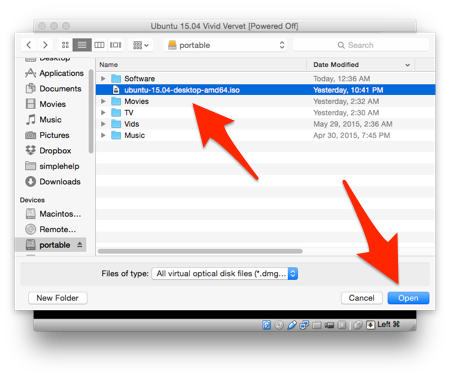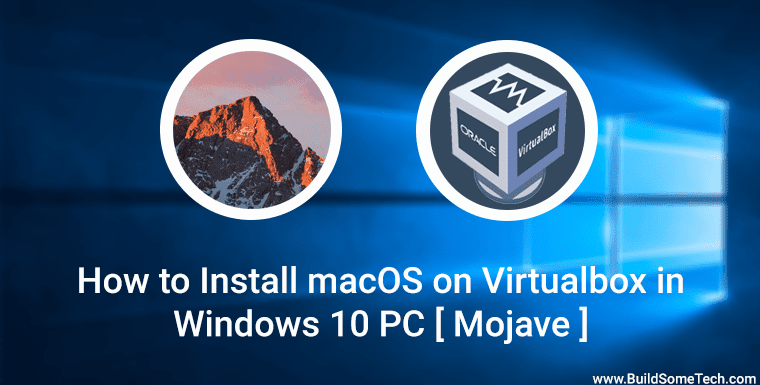


There is already a script which installs Mojave in a virtual machine here. TIP: Using a non-APFS filesystem is recommended.Important: I'm writing this when the last version of macOS (and the one I have installed) is Mojave.

Use the Disk Utility tool within the macOS installer to partition, andįormat the virtual disk attached to the macOS VM. Install Processīoot your machine and select the OS Install Partition on startup. Just make sure you put it on at least a SSD or a nvme drive as it will be super slow if you don’t. This is even simpler as you just click Add Hardware -> Storage and create new file. Note: while you can use drive short names /dev/sda I’d recommend using /dev/disk/by-id/HARDDRIVESERIAL as this doesn’t ever change. This is pretty simple as you just click Add Hardware -> Storage and then specify your hard drive. Obviously, the physical drive is considerably faster, but not possible in some instances such as laptops or if you can’t afford a secondary drive. You have two options: physical hard drive passthrough or qcow2 file. Before we can start out VM we have to have a hard drive to load it.


 0 kommentar(er)
0 kommentar(er)
